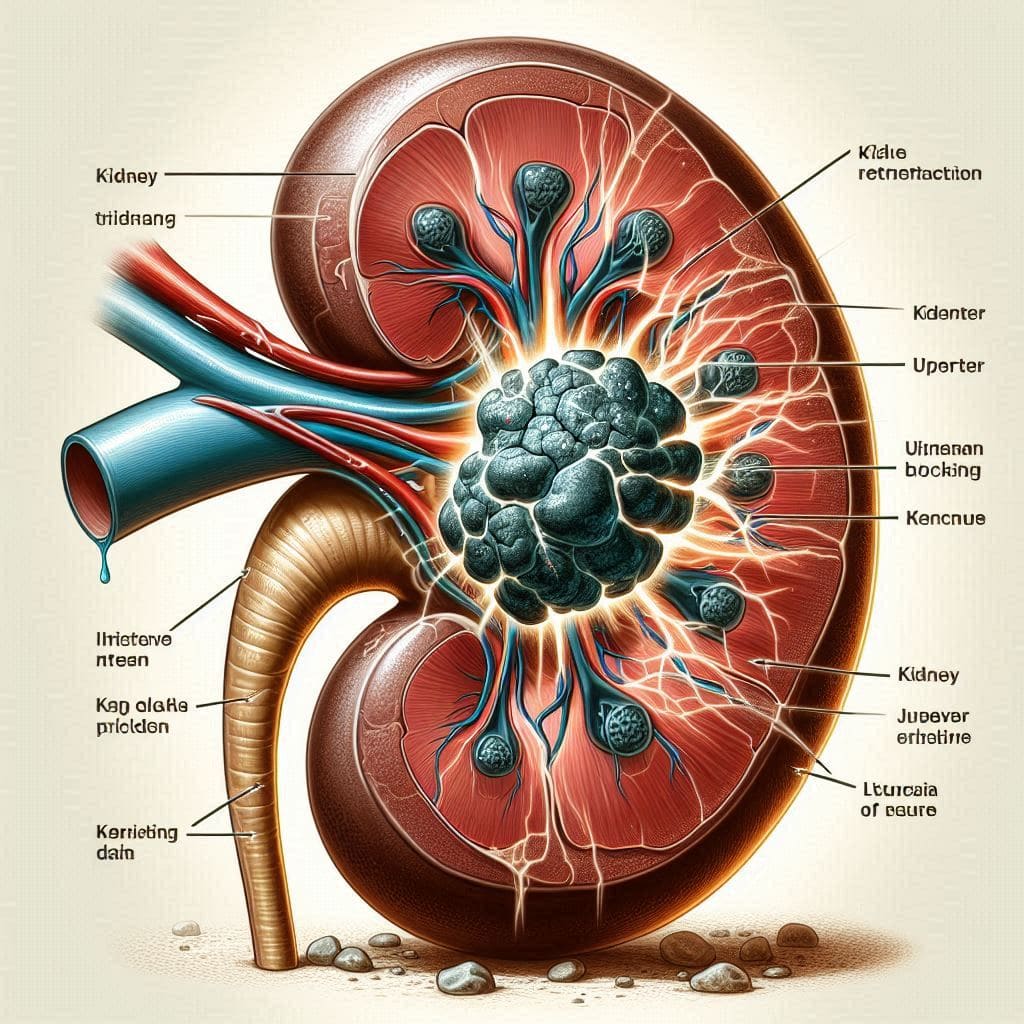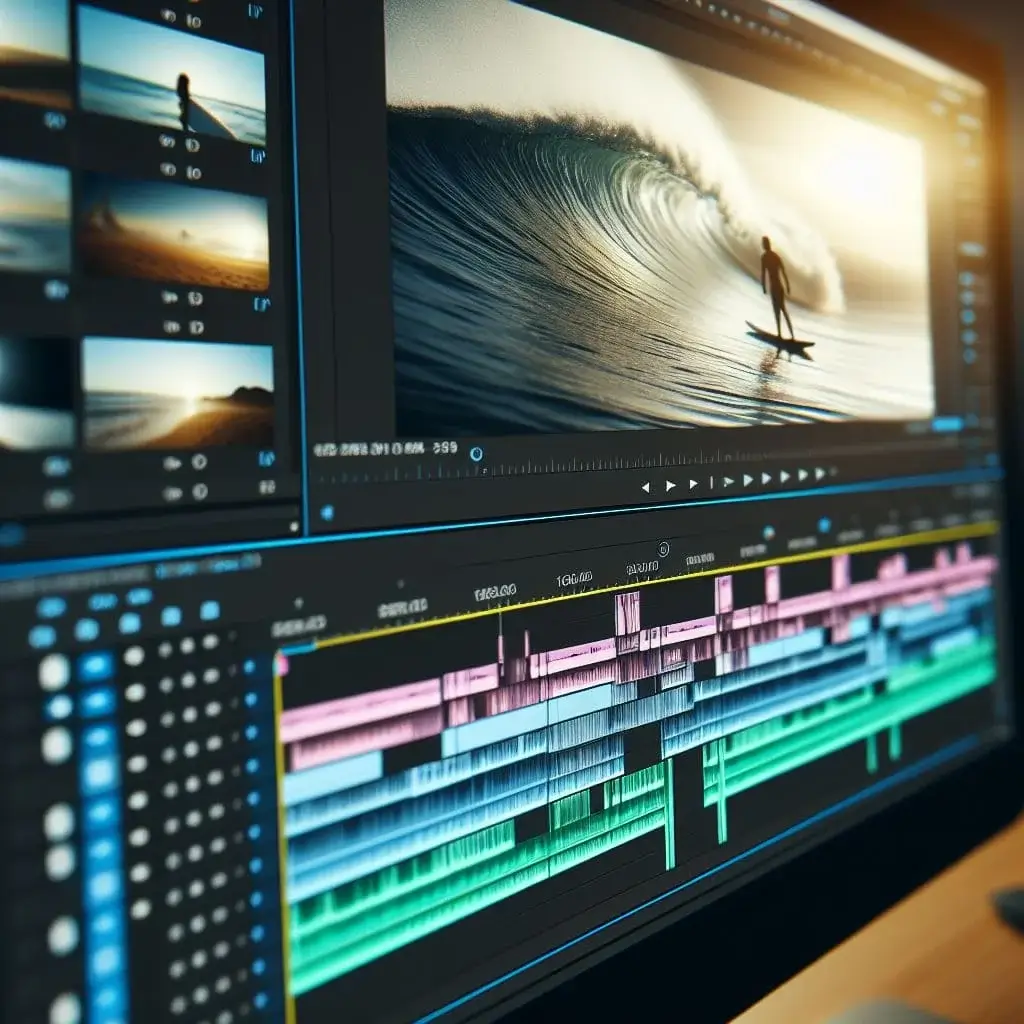How to Choose the Perfect Rider Bike for Your Needs
- Posted: July 13, 2024
- Updated: July 13, 2024
- Automobile
- By Saif
Choosing the perfect rider bike can be exciting but also confusing with so many options out there. Whether you're new to riding or have some experience, it's important to find a bike that fits your needs and makes riding fun and comfortable. In this guide, we'll go over the key things to think about when picking out a rider bike.

1. Know Your Riding Style
First, consider how you intend to use your rider bike. Different types of bikes are tailored for various riding styles.
Types of Rider Bikes:
- Cruiser Bikes: Great for relaxed rides around town or on the beach. They have comfy seats and an easy riding position.
- Sport Bikes: Made for speed and sharp turns. Ideal for enthusiasts who enjoy quick rides.
- Touring Bikes: Built for long trips. They come with comfortable seats and ample storage space.
- Adventure Bikes: Can handle both roads and off-road trails. Ideal for exploring different terrains.
- Commuter Bikes: Perfect for daily rides to work or school. They provide both comfort and efficiency.
2. Set Your Budget
Before you start shopping, decide how much you want to spend on your rider bike. Rider bikes come in various price ranges, so setting a budget helps you focus on what you can afford. Remember to account for the costs of safety gear, upkeep, and insurance.
Budget Categories:
- Entry-Level: Under $5,000. Good for beginners and those with limited budgets.
- Mid-Range: $5,000 to $10,000. Offers better performance and features.
- High-End: Over $10,000. Equipped with cutting-edge technology and high-end features.
3. Consider Engine Size and Power
The engine size and power affect how your rider bike performs and what it's best used for.
Engine Sizes:
- Small Engines (250cc - 500cc): Great for beginners and city riding. These motorcycles are lightweight and maneuverable.
- Medium Engines (500cc - 750cc): Suitable for intermediate riders and highway use. They provide a balanced mix of power and control.
- Large Engines (750cc and above): Best for experienced riders and long trips. These bikes are powerful and perform well at high speeds.
4. Check Comfort and Ergonomics
Comfort is key, especially for long rides. Look at the rider bike’s seat height, handlebar position, and foot peg placement.
Comfort Tips:
- Seat Height: You should be able to put your feet flat on the ground when sitting on the bike.
- Handlebar Position: Choose a handlebar position that doesn't strain your back or wrists.
- Foot Peg Placement: Your legs should be comfortable and not too cramped or stretched.
5. Think About Bike Weight and Handling
The weight of the rider bike affects how easy it is to handle. Lighter bikes are easier to control, especially for beginners, while heavier bikes are more stable at high speeds.
Weight Categories:
- Lightweight Bikes: Under 400 pounds. Easy to maneuver and great for city riding and beginners.
- Medium Weight Bikes: 400 to 600 pounds. Balance between stability and maneuverability.
- Heavyweight Bikes: Over 600 pounds. Very stable at high speeds, best for long trips and experienced riders.
6. Look at Fuel Efficiency
Fuel efficiency is important if you plan to use your rider bike often. Smaller engines usually use less fuel, while larger engines use more.
Fuel Efficiency Tips:
- Check Ratings: Look at the bike’s fuel efficiency in miles per gallon (MPG) or kilometers per liter (KPL).
- Fuel Type: Some bikes need premium fuel. Make sure you know what type of fuel the bike needs.
- Riding Habits: Smooth riding and regular maintenance can help improve fuel efficiency.
7. Explore Features and Technology
Modern rider bikes come with lots of features that make riding easier and more fun. Consider which features are essential for you.
Popular Features:
- ABS (Anti-lock Braking System): Enhances braking efficiency and safety.
- Traction Control: Helps prevent wheel slip.
- Ride Modes: Adjusts the bike’s performance for different conditions.
- GPS and Navigation: Great for long trips.
- Bluetooth Connectivity: Allows for hands-free communication and access to music.
8. Prioritize Safety
Safety is crucial when riding a bike. Look for safety features on the bike and invest in good quality gear like helmets, gloves, jackets, and boots.
Safety Gear Checklist:
- Helmet: Must meet safety standards and fit comfortably.
- Jacket: Should have protective padding and reflective materials.
- Gloves: Need good grip and hand protection.
- Boots: Should provide ankle support and protection.
9. Test Ride Different Bikes
Before you decide, try out different rider bikes to see how they feel. Visit several dealerships and test ride models that interest you.
Test Riding Tips:
- Wear Your Gear: Bring your safety gear for a real riding experience.
- Take Your Time: Spend enough time on each bike to understand how it rides.
- Ask Questions: Don’t hesitate to ask the dealer about features, maintenance, and any concerns you have.
10. Read Reviews and Get Recommendations
Read reviews and ask other riders for their opinions on different rider bikes. Online forums, social media groups, and review websites are great resources.
Helpful Resources:
- Motorcycle Review Websites: Sites like Motorcycle.com and Cycle World offer detailed reviews.
- Rider Forums: Join forums like ADV Rider or Reddit’s r/motorcycles for advice.
- YouTube Channels: Many motorcycle enthusiasts and experts share reviews and tips on YouTube.
For more insights into choosing the right vehicle for your needs, check out our blog post on SUV or Sedan: Which Vehicle Fits Your Needs Best?.
By following these tips and doing your research, you can find the perfect rider bike for your needs. The right rider bike will match your riding style, budget, and comfort preferences.


